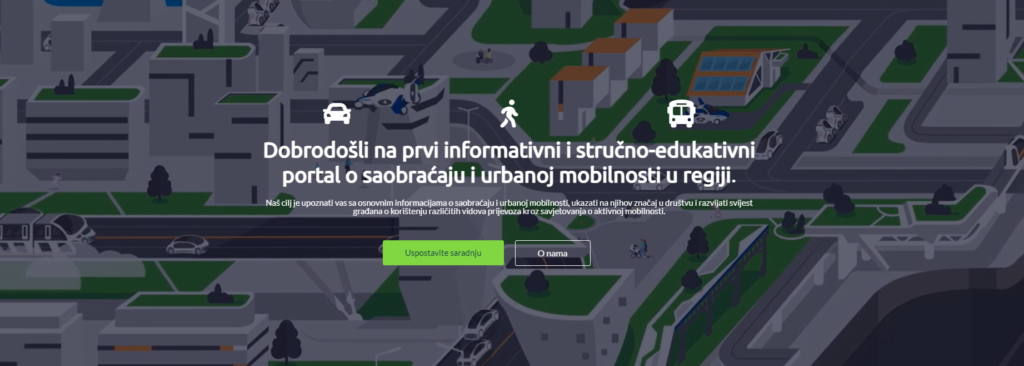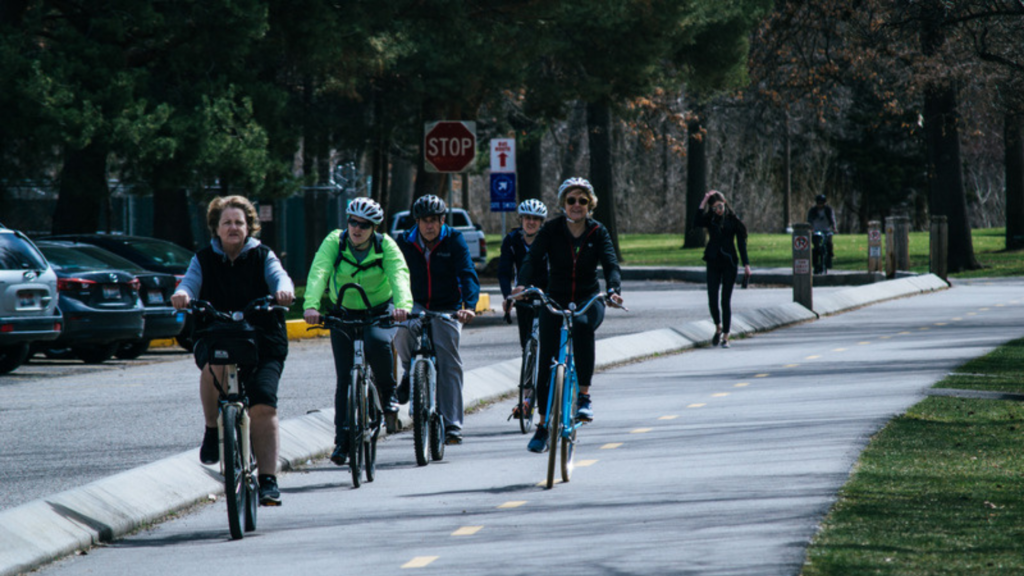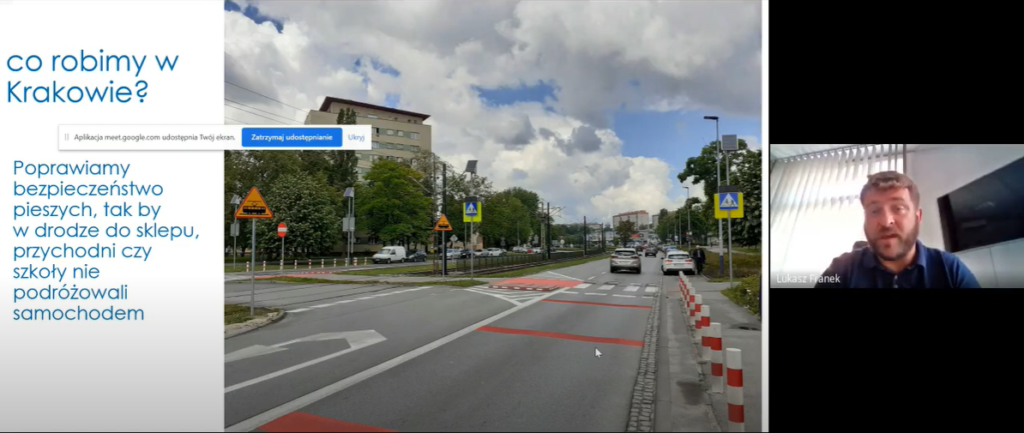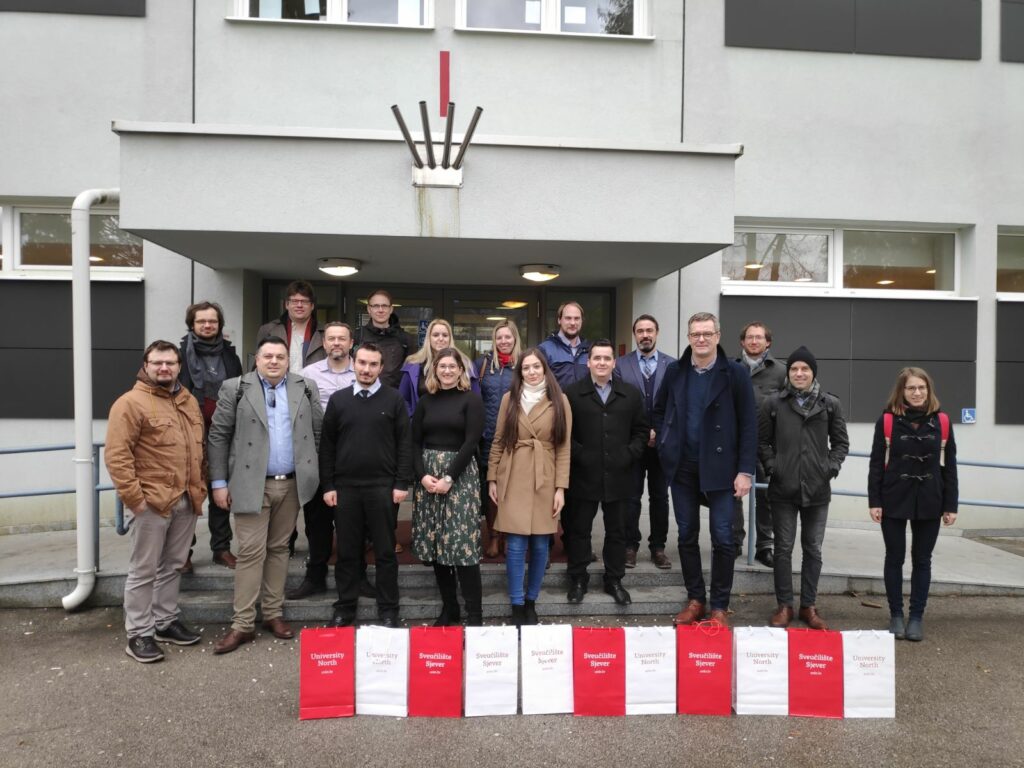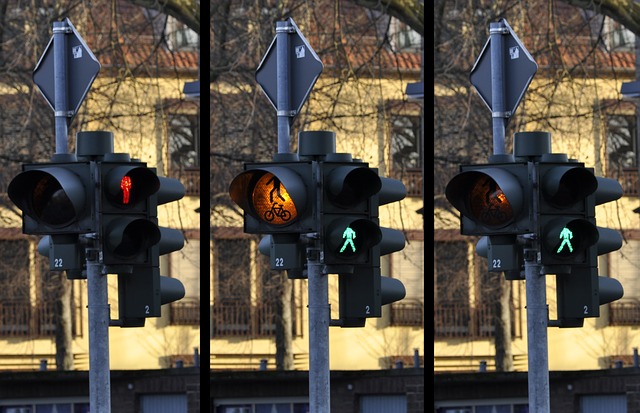As part of the Interreg CE LOW-CARB project, two new innovative tools were recently launched to bring together interested citizens and urban planners in a unique approach to a sustainable future driven by mobility and low-emission transport. The SUMP-central Competence Center and the SUMP Self-Assessment Tool are two tools that already demonstrate promising improvements and support for sustainable urban mobility planning (SUMP) for planners at the local and national levels facing integrated planning challenges related to low-emission mobility in Central Europe.
SUMP-central Competence Center
SUMP-central Competence Center, was officially launched on November 30, 2020. It is a new online platform and knowledge hub dedicated to providing news, best practices, learning materials and resources to support planners in developing SUMPs in Central Europe (CE). Although similar platforms already exist, LOW-CARB identified further needs and requirements for Central European planners for SUMP resources during many projects and trainings where it was received feedback that SUMP resources should be available in more Central European languages and to make the planner better able to cope with the challenges facing the Central European area. SUMP Central Competence Center is trying to fill these gaps. The following is a multi-directional approach, paired with machine translations, to provide local planning authorities and urban practitioners with a single platform of knowledge in their local language. It does not seek to replace existing platforms, but to create a better connection with them, providing users with a better experience in finding relative SUMP information in a language they understand. The site is available in Polish, Czech, Croatian, Hungarian, Slovak, Slovenian, English, Italian and German.
The platform also meets an additional challenge for planners, and that is finding professionals who have experience in switching to low-emission mobility systems. On the platform, experts, networks and stakeholders can offer their contact information and area of expertise for planners to contact! By connecting planners with others on the ground, new international relationships can be achieved for those who are just at the beginning of their transition. Find out how you can get involved in this open call (https://www.interreg-central.eu/Content.Node/SUMP-Central-Open-Call.pdf) if you are a mobility expert or interested in sustainable urban mobility planning.
SUMP Self-Assessment Tool
The SUMP Self-Assessment Tool (SSAT) was developed in collaboration with the CIVITAS SUMP-up project and is intended for local authorities and practitioners to assess the level of readiness of the region for the development of the SUMPs and or how closely their existing strategic mobility plan is linked to the latest European guidelines for SUMPs. Since its launch exactly a year ago, it has soon become a source for the use of tools by many urban planners, which is not surprising given its wide range of applicability.
As part of the tool, 30 to 45 questions (depending on the mobility situation of each region) will determine the quality of the strategic mobility plan or planning approach in the region and provide an assessment of general planning activities. After only 20-30 minutes, you (or your team) will also receive further guidance, resources and suggestions based on a unique assessment of the mobility situation in the region and identifiable contextual needs.
The tool generates individualized codes that can be used to re-enter the same grade multiple times, continue where you left off in the survey, or access a review of previous results and recommendations. This is especially useful when organizing stakeholder sessions, necessary during the SUMP process, without losing information from one meeting to another! In times when online interaction is increasingly becoming the primary method of engagement, stakeholder gathering has faced severe obstacles, but this tool can be used to communicate effectively with mobility stakeholders. The LOW-CARB project has already hosted numerous workshops using it as a tool to implement activities.
SSAT is actively implemented in over 300 cities and regions around the world! It is currently available in 14 European languages and can be used regardless of the territorial boundaries of the planning authority. In short, SSAT is applicable at multiple levels of planning, either at the local city level, at the level of a functional urban area, or at the level of multiple cities. Find out more about the platform in this fact sheet (https://www.interreg-central.eu/Content.Node/LOW-CARB-SUMP-Self-Assessment-Tool-Factsheet.pdf)
For more information on the LOW-CARB project and other results visit:
https://www.interreg-central.eu/Content.Node/LOW-CARB.html




